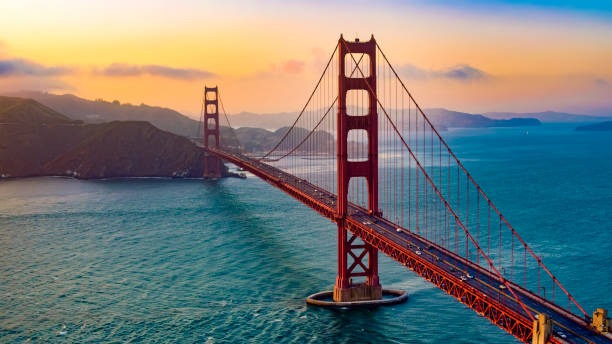In Florence, art lives on every wall. From the grand ceilings of the Uffizi to the quiet chapels tucked behind cobbled lanes, the city breathes brushstroke and marble. Tourists come from all over the world to stand in awe before Botticelli’s Birth of Venus or Michelangelo’s David, but hidden behind these masterpieces lies another story – one less told, yet just as vital. It’s the story of women who painted, sculpted, and created in a time when few acknowledged their talent.
As you wander through the Renaissance heart of Tuscany, you’ll find that history has not always been fair on a trip to Italy. Many of Florence’s female artists worked under the shadow of anonymity or were celebrated briefly only to be forgotten later. Yet, their works remain – sometimes unsigned, sometimes hidden in convents or private homes. For those considering cultural Italy tour packages, Florence offers not just a gallery of giants but also an opportunity to uncover the overlooked heroines of its golden age.
Exploring these hidden legacies reveals a deeper, more intimate Florence. Beyond the busy piazzas and famous museums, you’ll discover studios, archives, and frescoes painted by women who defied the limits of their time. When planning a trip to Italy, include the lesser-known churches and workshops where these artists once labored in silence. One of the best ways to uncover these stories is with the help of curated experiences from travel partners like Travelodeal, who offer cultural itineraries that go beyond the postcard-perfect views and into the textured fabric of history.
The Renaissance Women’s History Forgot
Names like Artemisia Gentileschi and Plautilla Nelli are beginning to gain the recognition they’ve long deserved. Gentileschi, often considered the first woman to achieve success in the male-dominated world of Baroque painting, brought raw emotion and striking realism to her canvases. But even she is often remembered more for her struggles than her powerful works.
Plautilla Nelli, a self-taught nun-artist in 16th-century Florence, led an all-female workshop and created large-scale religious works – rare for any artist, let alone a woman cloistered in a convent. Her Last Supper, one of the few ever painted by a woman, was nearly lost to time until its recent restoration and public display. These artists weren’t exceptions; they were part of a larger, unseen movement of women making art, often without the acclaim afforded to their male peers.
For those on a cultural trip visiting the Museo di San Salvi, the Church of Santa Maria Novella, or the tucked-away corridors of the Stibbert Museum reveals pieces of this forgotten legacy.
Where to See Their Work
Though their works are few compared to the male masters, Florence holds treasures if you know where to look. The Museum of San Salvatore in Ognissanti and the Corsini Collection host lesser-known works by female painters. Institutions like the Advancing Women Artists Foundation have played a pivotal role in identifying and restoring many of these pieces, ensuring that new generations can finally see their artistry.
Several walking tours now highlight women’s contributions to Renaissance Florence, offering visitors a different perspective on familiar streets. You might pass a convent-turned-gallery where Nelli painted in seclusion or a palace where women sketched in the margins of their brothers’ studios.
A New Lens on an Old City
To see Florence through the eyes of its forgotten female artists is to see a city reborn. Their brushstrokes may have faded in history books, but they still whisper from the walls of cloisters and corridors, reminding us that creativity is not bound by gender, and that legacy is not measured solely by fame.
By seeking out their work, you don’t just add depth to your Florentine itinerary – you give voice to centuries of silenced brilliance. And that, perhaps, is the most meaningful souvenir you can bring home.



